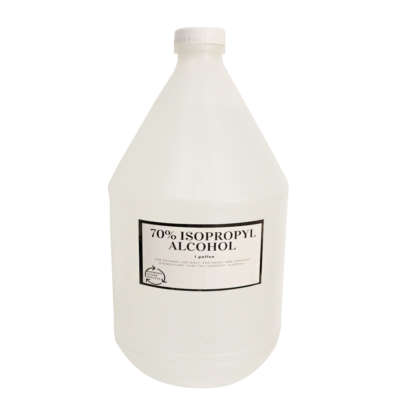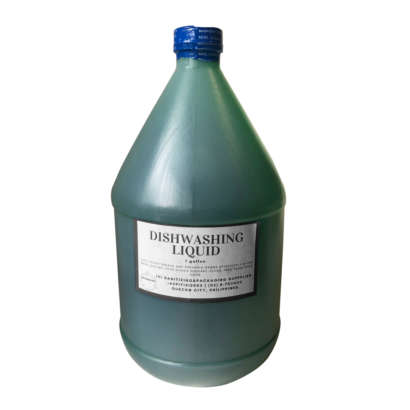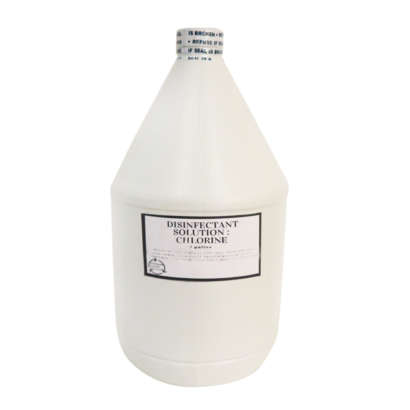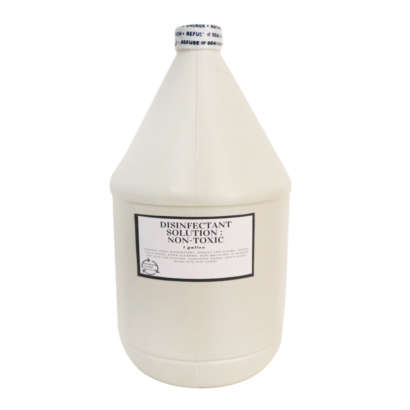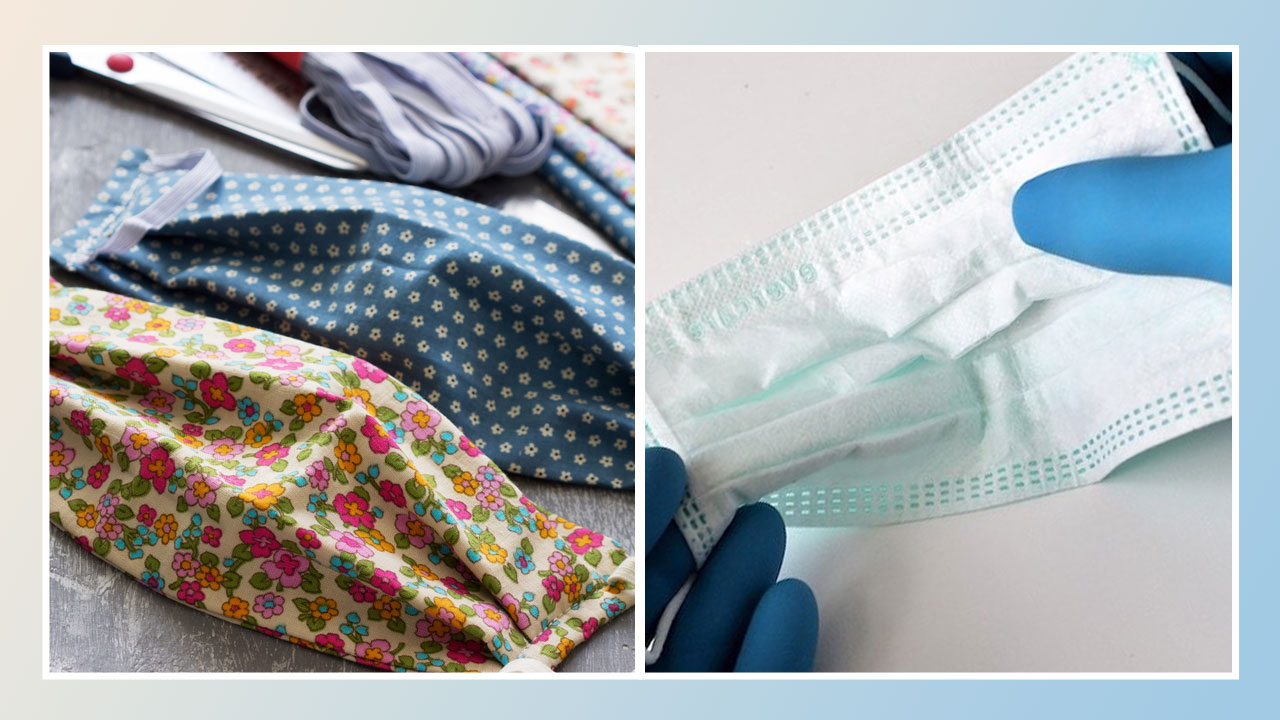
With businesses reopening and work-life slowly returning despite the ongoing pandemic, it’s important now more than ever to make sure that we know the necessary measures to ensure our safety, such as proper hygiene and social distancing. Though a 6-foot distancing measure is highly recommended for those heading outdoors, this protocol may not be feasible in many situations. In those scenarios, we all have to be extra vigilant in exercising the necessary safety precautions like protecting ourselves with face masks.
In these trying times, face masks are an absolute necessity—and not the skin care kind! While it may seem straightforward to just put on the mask, there are many things we must consider to make sure we are using them most effectively.
Learn how to best make use of your face masks below and always stay safe, Gorgeous!
WHY WEAR A MASK?
As we all know, face masks can help prevent the transmission of COVID-19 by preventing the wearer from transmitting an infection to others, as well as offering the wearer protection from infection transmitted from someone else, which is especially important for those living in high density areas.
But don’t forget! Just because one appears healthy does not mean one should forego the mask. It is important even for healthy people in the community to wear masks as this reduces the potential exposure risk during the ‘pre-symptomatic’ periods or if an infected person is asymptomatic (does not appear to exhibit symptoms).
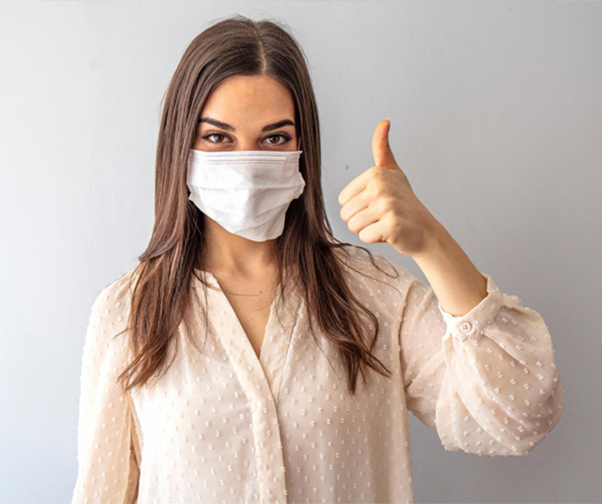
TYPES OF MASKS
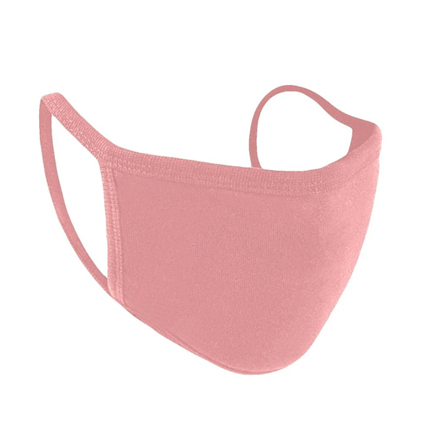
Although these masks do offer some degree of protection, they are still not as effective as surgical masks or respirators in avoiding transmission of the virus. While they are recommended, do bear in mind that these masks are not the cure-all to avoiding this virus. We do still strongly advise exercising ALL safety measures, such as proper hygiene and social distancing to help keep you safe.

- Prior to putting on the mask, wash your hands for at least 20 seconds with soap and water, or rub hands together thoroughly with alcohol.
- Make sure the mask has no defects, tears, or broken loops.
- Hold the mask by the ear loops and place one loop over each ear.
- Pull the bottom of the mask over your mouth and chin.
- Be sure the mask is positioned securely and is snug OVER your nose and covering your chin.

- Once on, DO NOT lower the mask to your neck or move it up to the forehead on any occasion to avoid contamination.
- DO NOT touch the mask once in position, as you may transfer pathogens onto the mask with your hands. If you have to touch the face mask while wearing it, be sure to sanitize your hands first before removal and once again after reapplying.
- If you feel that you must remove it, remove the mask from the ear loops.
- DO NOT reuse your masks. After one use, clean your mask thoroughly with bleach solution (see below) and hang for 3 days before using it again. This way, the virus that may have latched onto the mask that was not removed by washing will die.
- It is recommended to have more than one cloth mask to ensure you use a fresh one every day.

- You may include your cloth mask with your regular laundry with detergent and the warmest appropriate water setting for the cloth.
- You may also wash by hand by preparing a bleach solution by mixing 5 tablespoons (1/3 cup) of household bleach per gallon of room temperature water OR 4 teaspoons of household bleach per quart of room temperature water. When using bleach, be sure to check the label and ensure that it’s intended for disinfection, as some bleach products are not suitable for it. Also ensure that you don’t use expired bleach or mix it with ammonia or any other cleanser.
- Soak the mask in the solution for 5 minutes, then rinse thoroughly with room temperature water. Hang to dry and allow to aerate for three days before use.
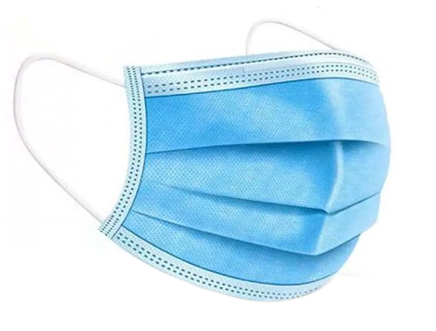
These are loose-fitting, disposable masks that are rectangular in shape with elastic bands or ties that loop being the ears to hold them in place. These masks help block transmission of large-particles, such as droplets, sprays, and splatters. Aside from healthcare workers, these masks are recommended for those who have a fever, cough, or other respiratory symptoms, as well those taking care of a person infected with COVID-19.

- Prior to putting on the mask, wash your hands for at least 20 seconds with soap and water, or rub hands together thoroughly with alcohol.
- Make sure the mask has no defects, tears, or broken loops.
- Position the colored side of the mask outward and ensure that the metallic strip of the mask is positioned against the bridge of your nose.
- Depending on the type of mask you have, please following the directions provided:
- Face Mask with Ear loops: Hold the mask by the ear loops. Place a loop around each ear.
- Face Mask with Ties: Bring the mask to your nose level and place the ties over the crown of your head and secure with a bow.
- Face Mask with Bands: Hold the mask in your hand with the nosepiece or top of the mask at fingertips, allowing the headbands to hang freely below hands. Bring the mask to your nose level and pull the top strap over your head so that it rests over the crown of your head. Pull the bottom strap over your head so that it rests at the nape of your neck.
- Mold the metallic upper strip to the shape of your nose by pinching it down with your fingers.
- Pull the bottom of the mask over your mouth and chin.
- Be sure the mask is positioned securely and is snug OVER your nose and covering your chin.

- DO NOT touch the mask once in position, as you may transfer pathogens onto the mask with your hands. If you have to touch the face mask while wearing it, be sure to sanitize your hands first and once again after.
- If you feel that you must remove it, follow the appropriate instructions below:
- Face Mask with Ear loops: Hold both of the ear loops and gently lift and remove the mask.
- Face Mask with Ties: Untie the bottom bow first then untie the top bow and pull the mask away from you as the ties are loosened.
- Face Mask with Bands: Lift the bottom strap over your head first then pull the top strap over your head.
- DO NOT let the mask dangle from one ear, or hang the mask around your neck to avoid contamination.
- DO NOT crisscross the ties.
- DO NOT reuse single use masks. Dispose properly after use.

- Before taking off the mask, make sure you wash your hands well.
- Remove by the ear loops or bands ONLY.
- Holding the mask loops, discard the mask by placing it in a COVERED trash bin.
- Wash hands thoroughly afterward.
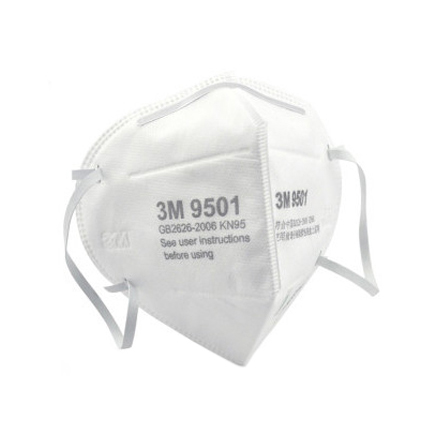
These are snugly form-fitted to the size and shape of the face, giving airborne particles less opportunity to leak in around the sides of the mask. These are designed specifically for healthcare workers who provide care for COVID-19 patients where medical procedures are undertaken, as these protect the wearer from smaller particles in the air and must be sealed tightly.
However, the Food and Drug Administration (FDA) doesn’t recommend that the general public use N95 respirators to protect themselves from respiratory illnesses such as COVID-19, as it may be ineffective if not fit perfectly.
We hope that helped clear things up! Let’s all do our part and wear our masks properly—and always remember to have some hand sanitizer on hand as well. Always stay safe and stay indoors if you can!
REFERENCES
Sampson, S. (2020, April 6). How to Use a Face Mask Correctly. Retrieved June 1, 2020, from https://www.healthline.com/health/how-to-wear-a-face-mask
How to Wash Cloth Face Coverings. (2020, May 22). Retrieved June 1, 2020, from https://www.cdc.gov/coronavirus/2019-ncov/prevent-getting-sick/how-to-wash-cloth-face-coverings.html
Q&A: Masks and COVID-19. (2020, April 26). Retrieved June 1, 2020, from https://www.who.int/emergencies/diseases/novel-coronavirus-2019/question-and-answers-hub/q-a-detail/q-a-on-covid-19-and-masks

Written by:
Julia Benito
Julia is Calyxta’s resident crazy plant lady with an unstoppable caffeine addiction and an ever-increasing love for glitter eye shadow. When she’s not staring out the window mulling over the correctness of her grammar, she can be found drawing on eyeliner, watching anime, reading books, or petting strangers’ dogs.
Other Products You Might Like:




